By Rev. Bill Randall
June 1, 1990
One of the fun things about looking backward into the past is to marvel at what inflation is doing to our sense of values.
I’ve been looking back into early records of rural schools in our area. One little school which is pictured here, met the needs of Prince William Station, mostly the family of Ross Jamieson on whose property the school was built. Trying to calculate average attendance at such schools and average costs cannot be done accurately with available records but according to my calculations such a school would seek to educate the child for $66.62 per year. Now mind you, the schools closed down for the months of January and February. It was just too cold and the travel for children and teacher would have been to difficult.
Today in our school district, it costs $32,653.07 to educate 914 students. Instructional supplies alone average $58.50 , close to the figures of $66.62 that it cost back in the thirties to educate one child for a whole year.
Let’s look for a moment at costs which exercised the school boards in the ’30’s: hardwood $8.00, Softwood $5.00, kindling $2.63; building fires $5.00, cleaning supplies $2.45 (not including floor oil- $1.00). Labor for cleaning and repair $8.00, instructional supplies $16.00, glass putty $0.14, envelopes $0.46, broom $0.45, teachers $380.00, insurance $8.80, chalk $0.65, dictionary $1.10, flag pole rope $0.35, stove repair $2.60, cheesecloth (used for cleaning blackboards) $0.28, blind $0.36, replacing the toilet door $2.00 (did someone break in or break out?) Christmas treat for school $1.50 (for seven children that averages out $0.21 each – make it $0.20 and hope the teacher got a treat).
You will note the early budgets did not cover costs of school buses, gymnasium equipment, or other recreational ad vantages, but the school board had to balance their budget. Some of the books I looked at show the income for a school year for example, 1931, as taxes collected $333.60, balance carried forward $17.03, government grant $56.23, for a total of $406.86. Over a period of ten years the single greatest balance on hand was $38.22, but they owed the teacher back wages
amounting to $62.85. The next year the income was $362.79; expenses were $361.32, leaving a balance of $1.47 but they still owed the teacher $11.60.
Some of us oldsters can remember pie socials, sponsored by the school board to raise enough money to finish paying off the school teacher’s annual salary. In fact, I can remember the year Ester was the teacher. A curvy little nineteen year-old red head, her box got the high bid of $5.00. Two fellers put their money together to buy it but only one got to walk her home, creating a family feud that lasted a generation. That year the social made enough extra money to build another toilet. Now they had one each for boys and girls.
It was a challenging form of education. If you got bored in the classroom you could listen to two grades ahead of you or chuckle indulgently at your dumb little kid sister who was three grades behind you. One classroom might easily have seven different grades being taught at once.
Education always has hid den costs, but education has hid den benefits that might take generations to evaluate. Whatever the budget there’s never enough to do the job of education as effectively as we wish.
Source: Rev. Bill Randall’s “From The Scrapbook Vol. One.”
